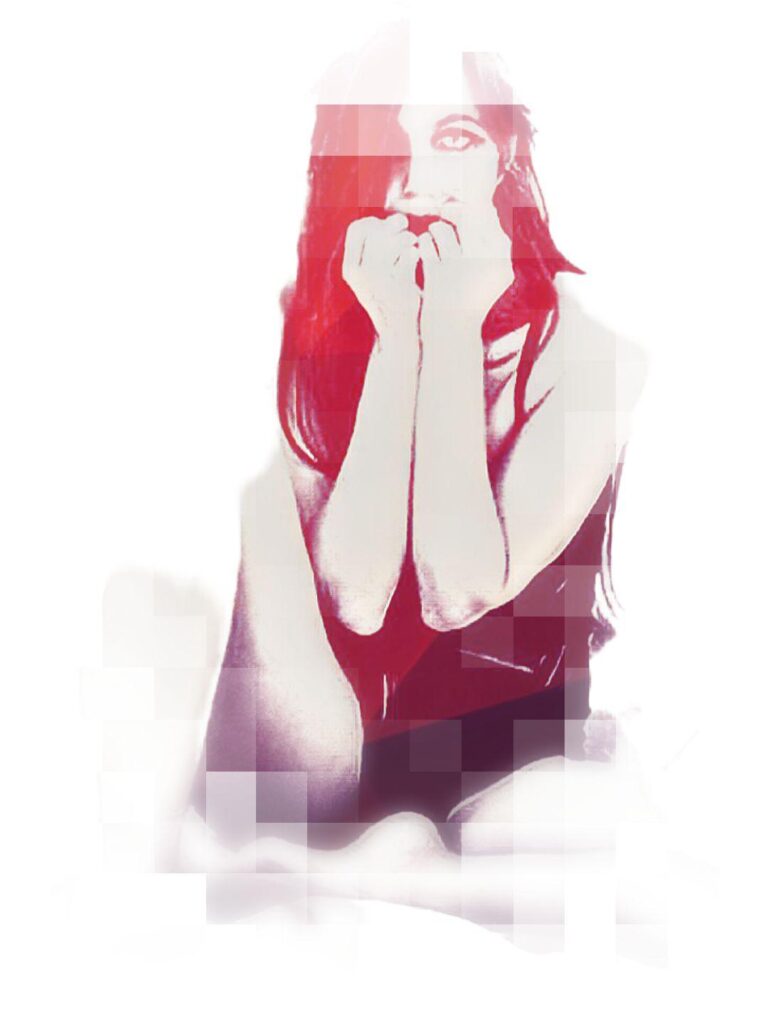It’s said that desire, craving, longing is the root of suffering. But desire, in its rawness, rather appears to be a very intense expression of aliveness, with unique qualities. Suffering might arise when desire is attached to achieve the imaginary, that, what is not real.
Desire, in its essence, is part of the unfolding life, life in motion, and in this nature, it has no name anymore and is unevaluated.
When desire, craving is attached to an achievement, be it an object or a sensation, like satisfaction, happiness, love, pleasure, it implies that there is something to get, more to get. Often this is rooted in a subtle feeling of “not enough”, of scarcity. Both – the idea of “more” as well as the idea of “not enough”, are an illusion, they are concepts, beliefs, interpretations of the mind, based on conditioned memory. However, memory is also an illusion. It’s an – often vivid – story, nothing real. Memory is the foundation of the fabricated, conditioned persona, identity, which says all about their substance.
Desire is a strong driving force for the imaginary, illusionary: for the apparent “less” to become “more”, the apparent “self” to improve, the apparent “now” (rooted in an imaginary past) to become a better imaginary tomorrow.
Attachment is what can create suffering when life is seemingly captivating in its full intensity. In a transient world everything is volatile, nothing remains. Joy will pass, terror will pass.
Even such a negative feeling like hate, unattached to an object or event, can be experienced as a strong but transient impression, passing through the system without leaving significant traces. But when a strong sensation is projected and attached to an imaginary other or thing, resistance might appear in the stream, and as with electrical resistance, the tension increases.
Because the brain interprets perception mostly through causality, it seems that life’s expressions have a reason, an origin, and an according purpose and outcome. But eventually, all is just transient appearance, with which the human is able to identify and create a personal story (out of language, which is by nature conceptual and linear), and attachment. Identification – when perception and interpretation become personal – often creates an impulse to react to an appearance. And so the story of life unfolds, from a source unknown, which is tried to be grasped through fabricated concepts disguised as “knowledge”. While life flows from the unknown into the unknown, timelessly and spacelessly.

